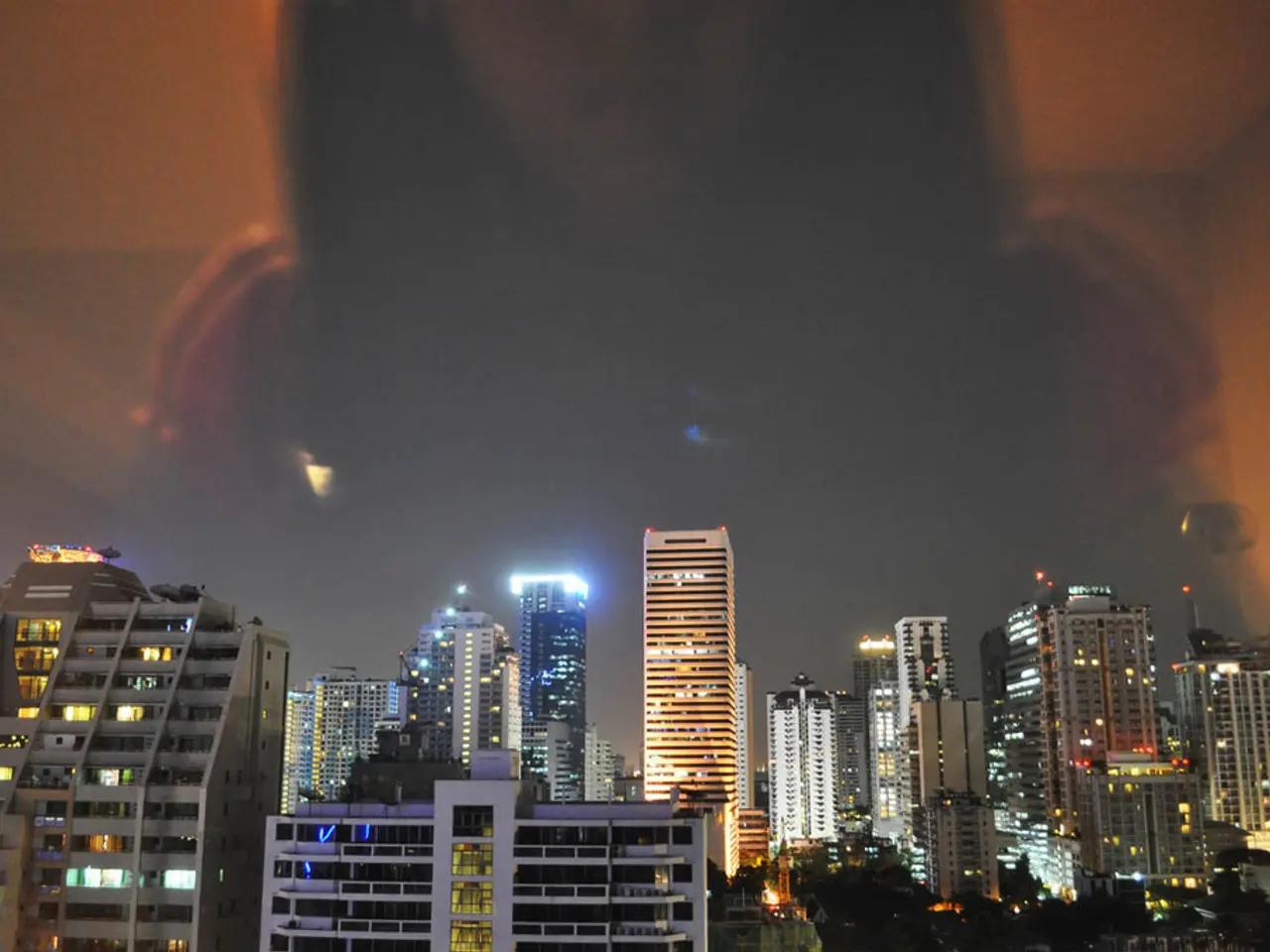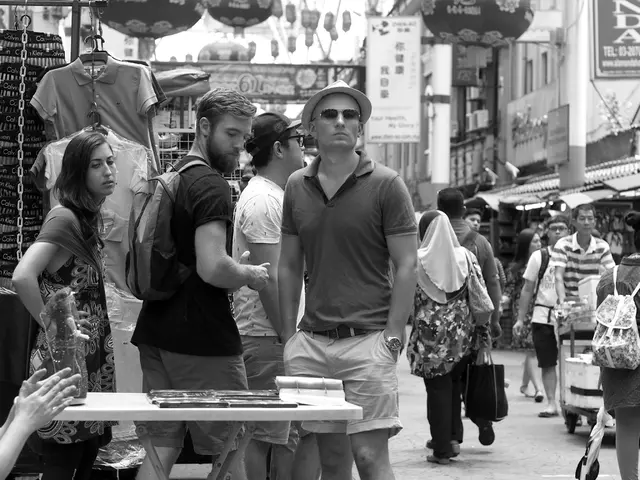Government district's illumination: NÖ Landhaus glows vividly with LEDs
Lower Austria is leading the charge in energy-saving measures, with a focus on upgrading LED lighting in its public buildings, including the Landhaus in St. Pölten. This initiative forms part of a broader regional sustainability drive and compliance with EU energy efficiency goals.
Across Europe, public buildings are being retrofitted with LED lighting to significantly reduce electricity consumption and achieve cost savings. In line with energy-saving ordinances and sustainability targets, these initiatives often incorporate advanced lighting controls and smart technology for optimised performance and minimal light pollution.
Austria, in particular, has made impressive strides towards sustainability, as evidenced by the European Commission's latest assessment in July 2025. The assessment indicates that Austria has satisfactorily met numerous sustainability milestones, including energy efficiency and building modernisation measures relevant to public infrastructure.
The benefits of sustainable building projects employing LED lighting are numerous. These projects demonstrate energy savings of 25-30% or more and typically recoup initial investments quickly through reduced operating costs. This trend is expected to continue across Austria's public sector buildings, including the Landhaus in St. Pölten, where the switch to LED lighting is underway.
Prominent Austrian lighting companies, such as the Zumtobel Group, provide innovative LED outdoor and indoor lighting solutions that balance energy efficiency with aesthetic and environmental considerations. These solutions support modernisation efforts like the one taking place at the Landhaus.
In addition to the Landhaus, Austria has already implemented rules for municipal night lighting, such as limiting streetlight operation overnight to less than 50%. This commitment to energy savings and ecological impact reduction through lighting strategies is evident in the LED upgrade at the Landhaus.
Christoph Reiter from the Building Management at the Landhaus sees several advantages in the LED upgrade. Lower costs, less maintenance, and the use of local lights from Austria are among the benefits he highlights.
By the end of 2025, around 20,000 LED lights will be in use at the Landhaus. This upgrade is part of Lower Austria's commitment to energy saving and a larger energy transition effort in Austria. Governor Johanna Mikl-Leitner (ÖVP) has stated that this is another crucial step on Austria's path to the energy transition.
In the coming years, district administrative authorities are also expected to switch to LED lighting, continuing the trend towards energy efficiency and sustainability in Lower Austria's public buildings.
Economic and social policy in Lower Austria is increasingly focusing on energy-saving measures, as evident by the switch to LED lighting in public buildings. This endeavor aligns with Austrian advancements in environmental-science, particularly in the context of sustainability and energy efficiency. The regional financial investment in such projects promises significant cost savings in the future, while also boosting the local industry by supporting companies like the Zumtobel Group. With the energy transition underway, the industry and Austria as a whole are striving towards a greener and more sustainable future.




